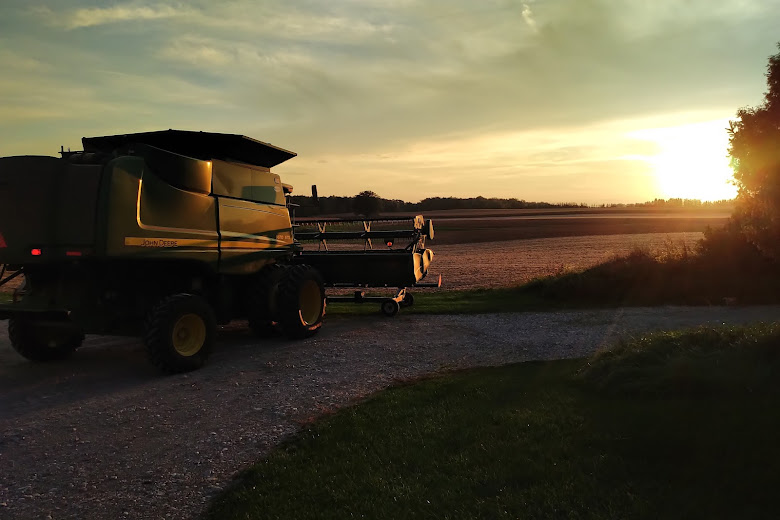Long after the subdivision of the lots in the 1960s, the Gs' land was designated as a part of an environmentally protected area. The reason for the designation was the small drainage ditch that crossed their land behind the area where they proposed to build a house. That drainage ditch proceeds through the Gs' neighbour's land (where a house had already been built), through a culvert under a public road, and eventually to a creek that is a branch of the Nottawasaga River, the watershed of which is subject to the jurisdiction of the Nottawasaga Valley Conservation Authority (the "NVCA").
The NVCA refused to grant permission to the Gs to build their house on the fringe of a potential floodplain regulated by the NVCA. The Gs made an application for permission to build in 2009, and provided extensive evidence establishing the lack of any adverse impact of their proposed building on flood control. Notwithstanding this evidence, the NVCA turned down the Gs' application. The Gs then appealed to the Deputy Mining and Lands Commissioner (the "Tribunal"). The Tribunal turned down the appeal. The Gs then appealed to the Divisional Court.
The Divisional Court found that the CA and the Tribunal had misconstrued the law as providing for a prohibition on development within the CA's area of jurisdiction. The Court noted: "In the present case, the public interest which the NVCA was authorized to supervise was that of flood control - this limited but important jurisdiction was not intended to be wielded to assert wider jurisdictional authority than the Legislator had conferred and it certainly does not provide a general prohibition against development."
The Divisional Court allowed the Gs appeal and directed the approval of the proposed development without conditions and without a rehearing of the application:
"Subsection 3(1) of Ont. Reg. 172/06 (hereafter the “NVCA Regulation”) required the Tribunal to assess whether the proposed development would affect flood control and several other factors. Instead, the Tribunal interpreted the law to impose a general policy prohibiting development subject only to an exceptional discretion, and the Tribunal placed a heavy if not impossible onus on the Gs to justify an exceptional departure from the general prohibition. In so doing, the Tribunal made the same error of law that this court corrected in the case of 3437400 Canada Inc. v. Niagara Peninsula Conservation Authority, (2012), 354 D.L.R. (4th) 756 (Ont. Div. Ct.). Properly interpreted, the NVCA Regulation does not prohibit development in designated areas; it only prohibits developments that are found to affect flood control or one of the other listed criteria (none of which were engaged in the immediate case).
"The Tribunal (and the NVCA) incorporated within its analysis of flood control a concern for safety should there be a flood at the property, but on the evidence, the proposed development will not have any effect on flood control as such, and the evidence revealed only a very low risk to safety, even in the event of a hypothetical extreme flood of rare severity. The Gs’ application ought to have been approved based on the uncontradicted evidence before the Tribunal, and this court has the appellate jurisdiction to grant an unconditional approval. The Gs have other regulatory hurdles to cross before they can get final approval to complete their home. Neither the interests of justice nor efficiency and economy of proceedings would justify requiring them to proceed through a third hearing on this matter six years after they commenced the application process."
Read the decision at: Gilmor et al. v Nottawasaga Valley and The Township of Amaranth.



